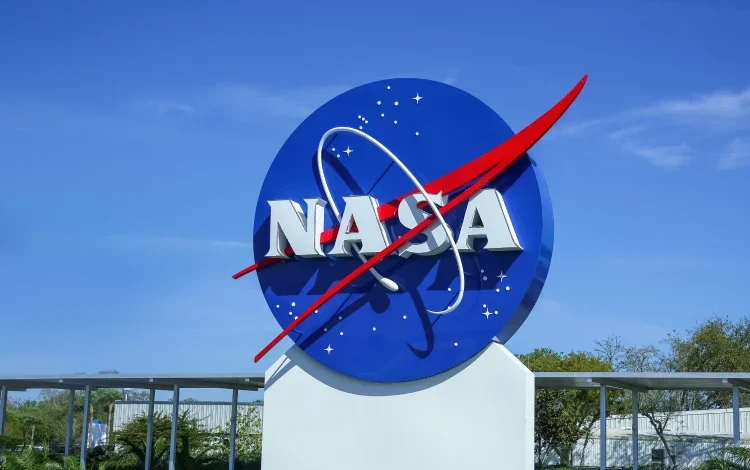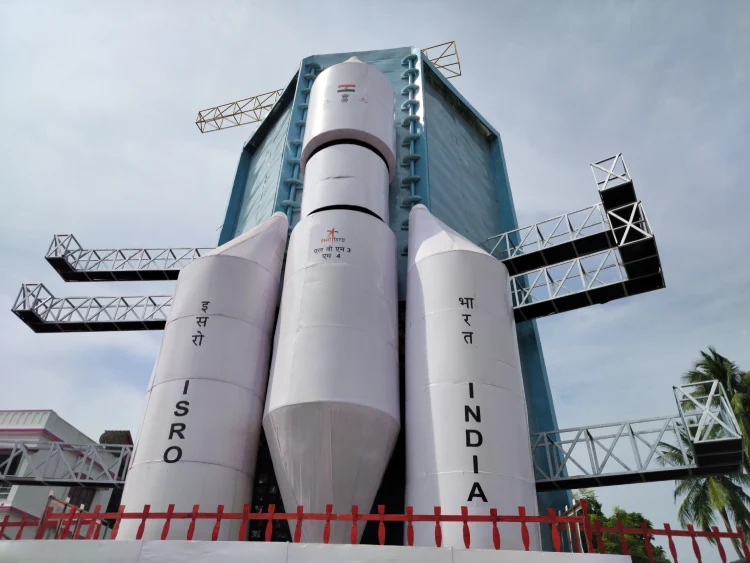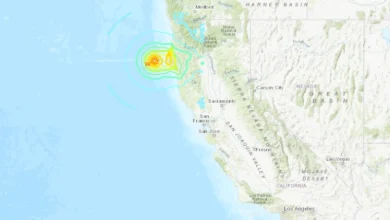
India and NASA to Launch High-Tech Earth Scanner That Sees Through Clouds and Forests
The Nisar Satellite Aims to Detect Natural Disasters Early, Monitor Earth’s Changes With Radar Precision
On July 30, a major step in Earth science will take off from India’s Satish Dhawan Space Centre. The NISAR satellite launch, developed jointly by NASA and ISRO, will mark the beginning of a mission designed to watch how the Earth shifts, breathes, and changes—almost like taking the planet’s pulse every 12 days.
What makes this satellite different isn’t just where it comes from, but what it can see. Using two radar systems that send out energy and measure what bounces back, NISAR can track land movement down to less than an inch—even through clouds, smoke, or forest canopies. In scientific terms, it uses L-band and S-band synthetic aperture radar, but the real magic is in how it combines them.
A Radar That Reads Earth Like Braille

Imagine running your fingers across a rough surface with your eyes closed—you’d still feel the tiniest bumps and dips. That’s essentially what NISAR will do from space. The longer-wavelength L-band radar, developed by NASA, can “feel” through tree cover and even thin soil to detect deep ground movement. The S-band radar, built by ISRO and operating at a shorter wavelength, is designed to detect surface-level details such as plant cover and human-built environments.
When these two tools work together, they offer a three-dimensional view of Earth’s skin—how it cracks during quakes, sags from groundwater loss, or shifts from creeping glaciers. This depth of insight hasn’t been available from space before.
Forecasting Disasters Before They Strike
By tracking tiny shifts in land and ice over time, the satellite can give early clues about volcanic eruptions, earthquakes, landslides, and wildfires. These small changes—barely visible to the human eye—can signal much larger problems brewing beneath.
Think of NISAR as a “space-based stethoscope” for the Earth, helping scientists detect rumblings before they turn into emergencies. It won’t prevent disasters, but it can buy time—time for people to get to safety, for governments to respond smarter, and for planners to avoid building in the wrong places.
More Than Just a Disaster Tool
NISAR isn’t just about emergencies. Its data will also shed light on melting glaciers in Antarctica, deforestation in the Amazon, and even crop health in agricultural zones. Climate scientists will use it to understand how the planet is adapting—or struggling—as temperatures rise. Urban developers and environmental agencies can use its findings to monitor infrastructure stress, water use, and land changes.
Each day, the satellite will collect enough raw information to fill over 150 high-capacity hard drives. And here’s the most democratic part—all of it will be publicly available. Anyone from scientists to high school students will be able to access the data online.
A Symbol of Global Collaboration
Leaders from both nations, including President Trump and Prime Minister Modi, have praised the mission as a key example of peaceful U.S.–India cooperation. It’s the first time these two space agencies have built a satellite together from the ground up.
And this isn’t just symbolic. By pooling expertise and resources, the two countries are accelerating technological progress that neither could achieve as quickly alone. It’s like blending two different musical instruments—each with its strengths—to play a more powerful tune.
Watch the Launch and Follow the Mission
The satellite will launch aboard ISRO’s GSLV-F16 rocket and can be watched live on NASA+ and its YouTube channel. Once in orbit, it will pass over almost every part of the planet every 12 days, giving scientists a time-lapse view of Earth’s surface at a scale and detail never before achieved.
With its dual radar eyes, NISAR will watch not just what’s happening now, but what’s coming—transforming how we respond to our planet’s shifting rhythms.




